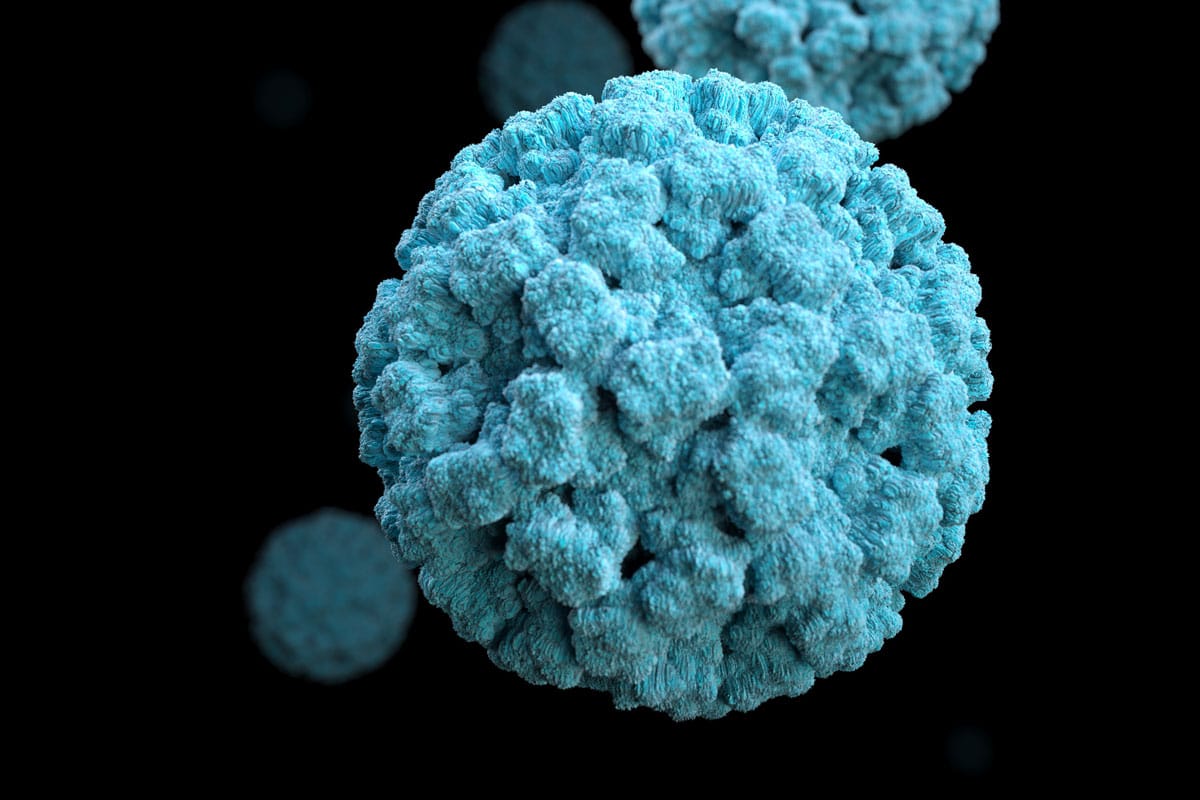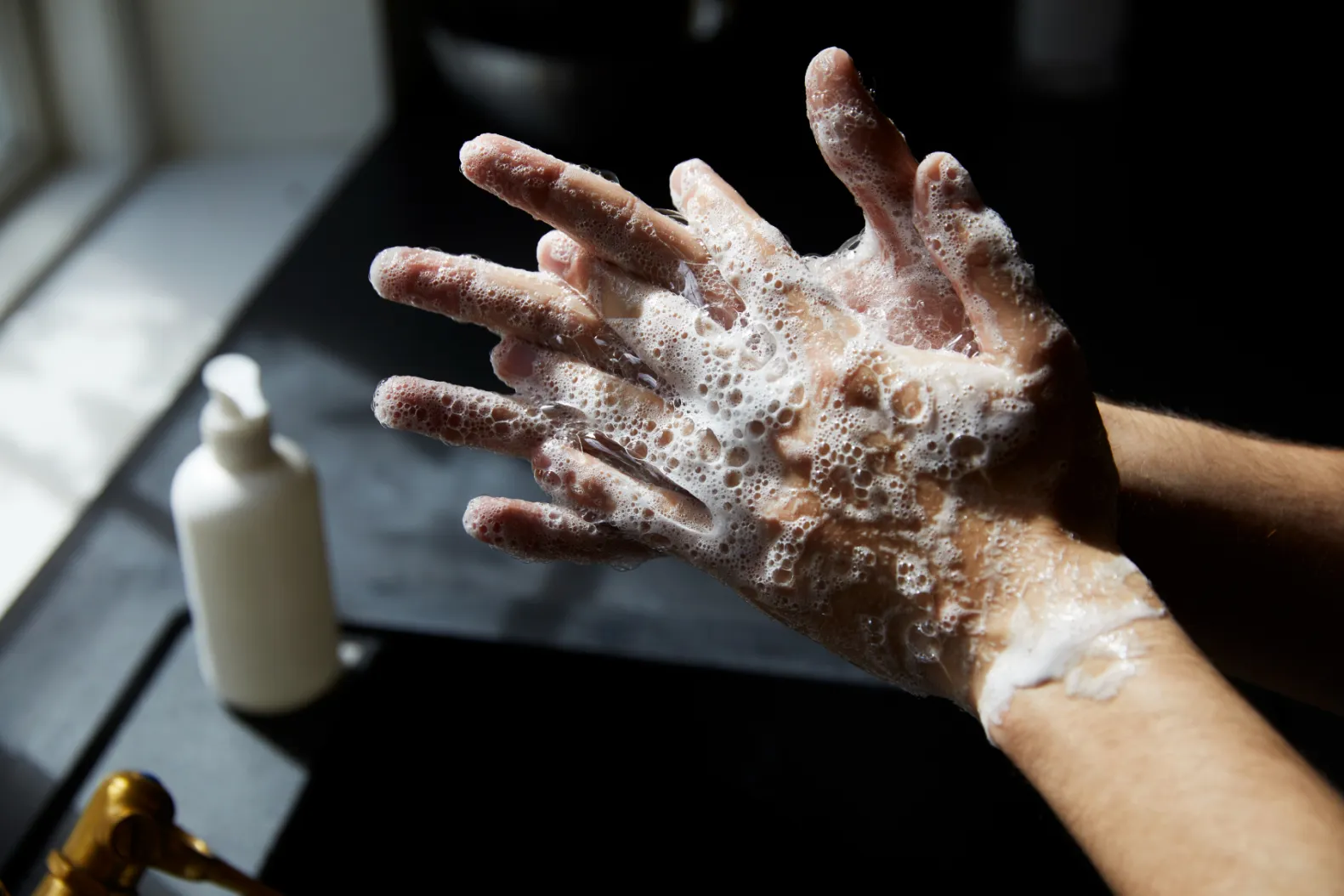Norovirus: How to Survive the Winter Vomiting Bug That’s Taking Over!
Norovirus, often dubbed the winter vomiting bug, is a highly contagious virus responsible for causing acute gastroenteritis.

Norovirus – it's a term that strikes fear into the hearts of many, especially during the winter months. But what exactly is this notorious bug, and how can you protect yourself and your loved ones from its wrath? Join us as we delve into its origins, symptoms, prevention strategies, and more.
What is Norovirus
Norovirus, often dubbed the winter vomiting bug, is a highly contagious virus responsible for causing acute gastroenteritis, characterized by symptoms such as nausea, vomiting, diarrhea, and stomach cramps. Originating from the town of Norwalk, Ohio, where the first confirmed outbreak occurred in 1972, norovirus has since gained notoriety as one of the leading causes of foodborne illness worldwide.
According to the Centers for Disease Control and Prevention (CDC), noroviruses are responsible for millions of cases of acute gastroenteritis in the United States annually, with more than half of all foodborne disease outbreaks attributed to these stealthy pathogens. Despite its prevalence, norovirus remains a formidable foe due to its ability to spread rapidly through contaminated food, beverages, and surfaces.
Norovirus Symptoms
The onset of norovirus symptoms typically occurs within 12 to 48 hours following exposure, leaving individuals feeling utterly miserable as they navigate through bouts of nausea, vomiting, diarrhea, and abdominal discomfort. While most symptoms are self-limiting and resolve within a few days, vulnerable populations, such as young children, the elderly, and those with weakened immune systems, face an increased risk of dehydration and complications.

In addition to gastrointestinal woes, norovirus may manifest with additional symptoms such as low-grade fever, chills, headache, muscle aches, and fatigue. Recognizing these warning signs is crucial for prompt intervention and prevention of further transmission.
Prevention of Norovirus
With norovirus lurking around every corner, adopting stringent preventive measures is essential for thwarting its spread. Good hygiene practices, including frequent handwashing with soap and water for at least 20 seconds, serve as a frontline defense against norovirus transmission. Additionally, thorough cleaning and disinfection of surfaces, particularly in high-risk settings like hospitals, schools, and daycare centers, can help curb the spread of the virus.

When it comes to food safety, proper handling, cooking, and preparation techniques are paramount. Avoiding consumption of raw or undercooked seafood, washing fruits and vegetables thoroughly, and steering clear of contaminated food and beverages are crucial steps in minimizing the risk of norovirus infection.
Treatment of Norovirus
In the absence of specific antiviral therapies, managing norovirus symptoms revolves around supportive care aimed at alleviating discomfort and preventing complications. Adequate hydration, rest, and consumption of bland, easily digestible foods can help expedite recovery and restore electrolyte balance.
For individuals experiencing severe symptoms or dehydration, medical attention may be warranted. Rehydration solutions, such as Pedialyte, can be particularly beneficial for replenishing lost fluids and electrolytes, especially in vulnerable populations at risk of complications.
A Collective Effort
As we navigate the complexities of norovirus, it's imperative to recognize that combating this pervasive pathogen requires a collective effort. From diligent hand hygiene and meticulous food safety practices to vigilant symptom monitoring and prompt medical intervention, each action plays a pivotal role in curbing the spread of norovirus and safeguarding public health.
In conclusion, while norovirus may be a formidable adversary, armed with knowledge, vigilance, and proactive prevention strategies, we can mitigate its impact and protect ourselves and our communities from its grasp. By fostering a culture of awareness, preparedness, and resilience, we can navigate the challenges posed by norovirus with confidence and resilience.
FAQs
How long does norovirus last for?
Norovirus causes an acute illness that commonly lasts 1 to 2 days for most people, although some people may be ill or feel the effects for up to 6 days. After the period of illness your body gradually gets rid of the entire virus.
Is norovirus airborne?
When someone with the virus vomits, it can spread through the air and contaminate surfaces. It can stay airborne for up to 2 hours. The virus also spreads through feces, meaning someone who doesn’t thoroughly wash their hands after using the bathroom can pass it along. Dirty diapers can also harbor norovirus.
How is norovirus spread?
Once someone is infected by contaminated food, the virus can quickly pass from person to person through shared food or utensils, by shaking hands, or through other close contact. It can live on surfaces for up to 2 weeks.
How deadly is norovirus?
Some people may get severely dehydrated, especially young children, the elderly, and people with other illnesses. Each year, norovirus causes 56,000 to 71,000 hospitalizations and 570 to 800 deaths, mostly in young children and the elderly.
With comprehensive information on norovirus, its symptoms, prevention, and treatment, this blog aims to educate and empower readers to take proactive measures in safeguarding their health and well-being. By raising awareness and promoting preventive strategies, individuals can play an active role in minimizing the impact of norovirus on themselves and their communities.





